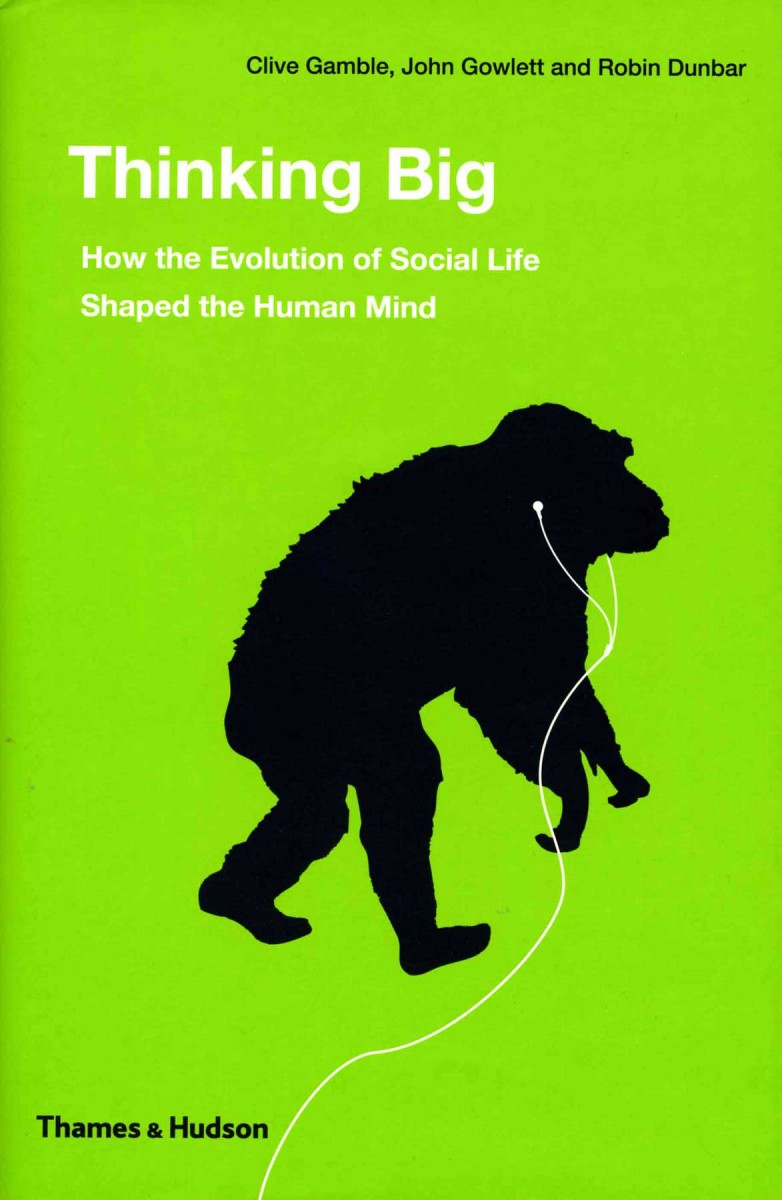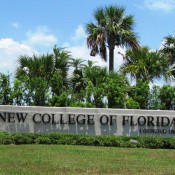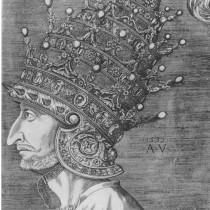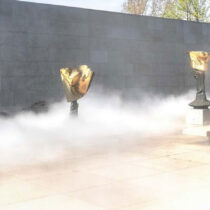Clive Gamble, John Gowlett, and Robin Dunbar, Thinking Big: How the Evolution of Social Life Shaped the Human Mind, Thames & Hudson, June 2014, 224 pages, 40 black-and-white illustrations, ISBN 978-0500051801
When and how did the brains of our hominin ancestors become human minds? When and why did our capacity for language or art, music and dance evolve? It is the contention of this pathbreaking and provocative book that it was the need for early humans to live in ever-larger social groups, and to maintain social relations over ever-greater distances the ability to think big that drove the enlargement of the human brain and the development of the human mind.
We are at a pivotal moment in understanding our remote ancestry and its implications for how we live today. The barriers to what we can know about our distant relatives have been falling as a result of scientific advance, such as decoding the genomes of humans and Neanderthals, and bringing together different perspectives to answer common questions. These collaborations have brought new knowledge and suggested fresh concepts to examine. The results have shaken the old certainties.
The results are profound; not just for the study of the past but for appreciating why we conduct our social lives in ways, and at scales, that are familiar to all of us. But such basic familiarity raises a dilemma. When surrounded by the myriad technical and cultural innovations that support our global, urbanized lifestyles we can lose sight of the small social worlds we actually inhabit and that can be traced deep into our ancestry. So why do we need art, religion, music, kinship, myths, and all the other facets of our over-active imaginations if the reality of our effective social worlds is set by a limit of some one hundred and fifty partners (Dunbar’s number) made of family, friends, and useful acquaintances? How could such a social community lead to a city the size of London or a country as large as China? Do we really carry our hominin past into our human present? It is these small worlds, and the link they allow to the study of the past that forms the central point in this book.




